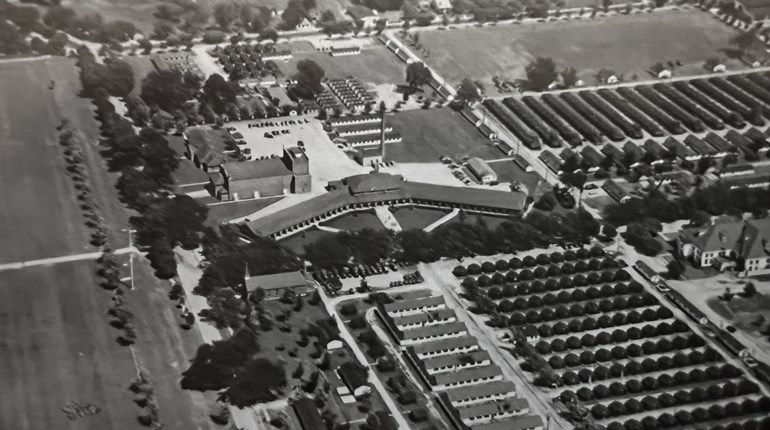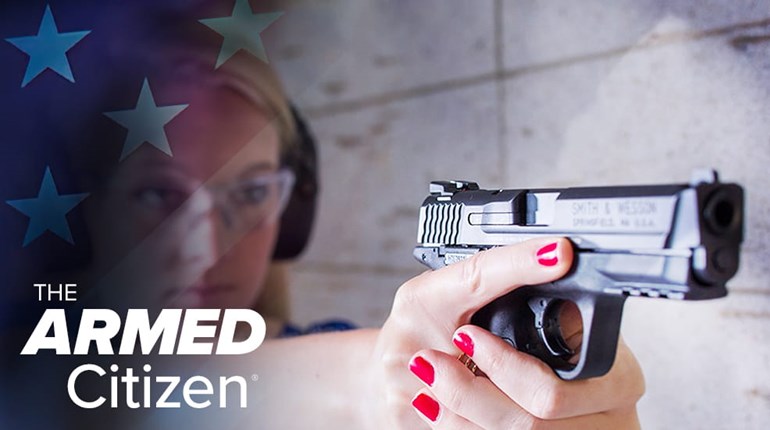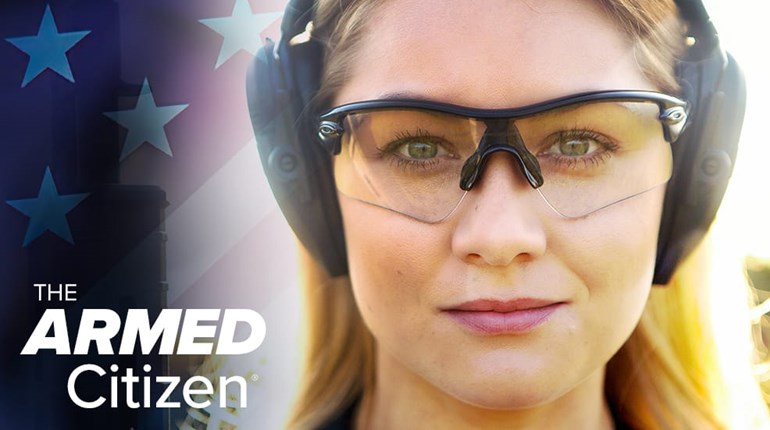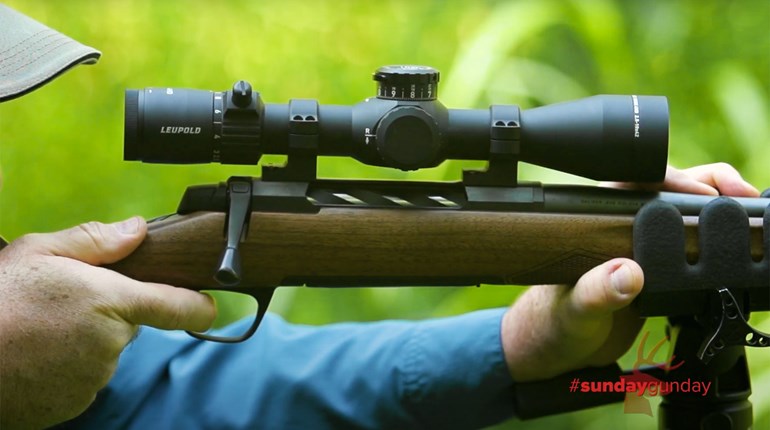
The United States Army had been using smoothbore shotguns since the Revolutionary War, although the formidable weapon didn't come into its own until World War I with the introduction of the Winchester Model 1897 "trench sweeper," a 12 gauge, 20-inch-barreled pump-action scattergun. The weapon was so devastating, the German government unsuccessfully petitioned to get it banned from combat.
The Model 1897 went on to fight in World War II, but by then guns and parts were wearing out and replacement armament was needed. One of the most unlikely—yet obvious—candidates to carry on the effectiveness of an open-choked, short-barreled shotgun for close-range military use was the Ithaca Model 37, which, sharing a link with the Model 97, was based on the Remington Model 17, both John M. Browning designs.
Up until this time, the Ithaca Gun Company, located in western New York, was known for finely crafted double-barreled sporting smoothbores and superb single-barreled competition shotguns. Founded in 1883 by William Henry Baker, this well-respected company had become a favorite of such luminaries as trick shooter Annie Oakley and John Philip Sousa. But in May 1937, Ithaca introduced the appropriately named Model 37—a single-barreled pump shotgun.
Patented by factory manager Harry E. Howland, and working with Ithaca designer Nestor Smith, the gun was ready in May 1932, but production was halted due to patent infringement. It seemed the hammerless new Ithaca repeater ran afoul of mechanisms used on the hammerless Remington Model 17 as well as the older, exposed-hammer Winchester 1897. Although the Model 17 was discontinued in 1933, the patents did not expire until fouryears later.

The Model 37 was a much more efficient design than the Remington 17, although both shared the dual bottom loading- and ejection-port feature. But, the Ithaca was lighter and used fewer parts. Its short-stroke pump was faster, a reversible cross-bolt safety made the gun adaptable for southpaws and unlike the Model 17, the Model 37 was brought out in 12 gauge. A 16-gauge version was introduced in 1938 and a 20 gauge came a year later. Although Ithaca's commercial firearms production was halted by World War II, it was the Model 37 that brought Ithaca into the government's arsenal.
By 1940, with war raging in Europe but the U.S. remaining out of the fracas, the Ordnance Department nonetheless realized the need to shore up its lagging supply of combat shotguns. At that time, the Ithaca Model 37 was one of only six commercially produced smoothbores deemed suitable. As a result, an initial order for 1,420 Ithaca Model 37 trench guns—with factory-fitted 20-inch, open-choked barrels, ventilated steel heat guards, lugs for the M1917 bayonet, sling swivels and without the standard Model 37's takedown feature—was placed in November 1941. One month later, the Japanese bombed Pearl Harbor.
Rather than being Parkerized, these six-shot, World War II-era Model 37s sported finely blued steel and were stamped with a U.S. Ordnance bomb on the left side of the receiver, along with the "RLB" initials of inspector Lt. Col. Roy L. Bowlin, Chief of the Rochester Ordnance District. Although these Ithaca wartime guns were catalogued as "Riot Guns," according to "U.S. Infantry Weapons of World War II," by Bruce Canfield, "By the time of World War II, the trench guns were officially designated as 'Shotgun, Riot Type, with Bayonet Attachment and Hand Guard.'" However, as the Model 37's combat role continued, a number of smooth-barreled riot guns—sporting 18-inch barrels without trench-gun fittings—were also drummed into service.
Aside from some clearing operations, the open battlefields of the European theater were not conducive to the close-range limitations of the Model 37. But it was different story in the Pacific, where jungle fighting soon put these scatterguns in demand. Plus, a number of were issued for guard duty on military bases. Nonetheless, Ithaca's Model 37 World War II trench gun tenure was relatively short-lived. After completing its initial contract order of 1,420 units, the company turned its manufacturing capabilities to the M1911A1, making its World War II trench guns an extremely rare collectible today.
The Model 37 trench and riot guns came into their own when called back into action during the Vietnam War. The effectiveness of these six-shot, hand-held firestorms was heightened by the fact that the Model 37 did not have a trigger detent. Thus, by holding the trigger back, the gun could be slam-fired as fast as a "boonierat" could work the pump. The first volley of shots cleared out the brush, vines and spider holes, while the rest of the magazine eradicated whatever—or whoever—was left.
No wonder Model 37 trench guns were issued to the infantry squad's point man. It was also a favorite weapon for detonating land and water mines, and was frequently carried by the bow sentry aboard watercraft. They were adapted for the same M7 bayonet as the M16, and some guns issued to the Special Forces were stamped USSF on the receiver. A few were even outfitted with shot spreaders that widened their patterns horizontally. Approximately 22,500 Parkerized Model 37 trench guns were produced during the Vietnam era. These guns were stamped "U.S." on the right side of the receiver along with a "P" proofmark on the barrel and receiver. Many were rebuilt after Vietnam.
In 1987 Ithaca Acquisition Corp brought back the Model 37 as the Model 87, and in late 1996, Ithaca Gun Company resumed manufacture of Model 37. Today, the Ithaca 37 exists in a number of guises, but the glory of the Model 37 trench and riot guns lives on in the revamped Model 37 Defender. Thus, the gun that first served in World War II is still making a mark on the law enforcement and home-defense front today.




































